
Seasonal Style 101: Build Year‑Round Looks Without the Stress
Picture this: you're standing in front of your closet at 7 AM, coffee in hand, staring at clothes that somehow don't make sense together anymore 😩 Sound familiar? Here's what I've learned after years of seasonal style stress - building a year-round wardrobe that works doesn't have to feel like solving a puzzle every morning.
Let's be real... most of us approach seasonal dressing like we're preparing for four completely different lives. Summer you needs crop tops and sundresses, winter you needs cozy sweaters, and somehow spring and fall you are left scrambling through transitional chaos. But what if I told you there's a way simpler approach that actually makes getting dressed *fun* again?
The Foundation Game-Changer
Here's the thing about seasonal style that nobody talks about - it's not really about having different clothes for different seasons. It's about having the right *base* that works year-round, then layering smartly.
I used to think I needed completely separate wardrobes. Spring closet, summer closet, fall closet, winter closet. My partner would find me crying in piles of clothes every time the weather changed because nothing seemed to work together anymore.
Then I discovered what stylists call the "capsule foundation" - and ngl, it changed everything. The idea is stupidly simple: invest in 8-10 pieces that work in literally any season, then build around them.
Your Year-Round Heroes
These are the pieces that'll save your sanity:
The Perfect White Button-Down - Sounds boring, but hear me out. This baby works under sweaters in winter, tied at the waist over summer dresses, or thrown over a tank top in spring. It's like the Swiss Army knife of clothing.
Dark Straight-Leg Jeans - Not skinny, not baggy, just classic straight-leg in a dark wash. They look put-together with boots in winter and fresh with sandals in summer.
The Midi Dress - Choose one in a solid color or subtle pattern. Layer it with cardigans in fall, wear it solo in summer, throw a sweater over it in winter. Three different looks, one dress.
A Blazer That Fits Right - This is where you might want to spend a little more. A well-fitted blazer instantly makes everything look intentional, whether you're wearing it with jeans or over a dress.
The Layering Strategy That Actually Works
Okay, so you've got your foundation pieces. Now what? This is where the magic happens, and btw, it's way easier than you think.
The secret sauce is thinking in "systems" instead of outfits. Instead of planning specific combinations, you create flexible systems that work together no matter what the weather throws at you.
The Three-Layer Rule
Every outfit should have three potential layers:
Layer 1 (Base): Tank top, t-shirt, or thin long-sleeve
Layer 2 (Middle): Button-down, cardigan, or light sweater
Layer 3 (Outer): Blazer, jacket, or coat
The beauty? You can wear just layer 1 in summer heat, add layer 2 for spring/fall, or go full three-layer in winter. Same basic outfit, completely different vibe.
I learned this from a stylist who works with busy professionals, and she told me something that stuck: "Your clothes should work harder than you do." Meaning, every piece should be able to do multiple jobs.
Color Coordination Made Simple
Here's where people get overwhelmed, but it doesn't have to be complicated. Pick 3-4 colors that you love and that work well together. That's it.
For example: navy, white, camel, and one pop color (maybe burgundy or forest green). Every piece you buy should fit into this palette. Suddenly, everything in your closet plays nice together, and getting dressed becomes like playing with building blocks instead of solving equations.
Transitional Pieces That Earn Their Keep
Some pieces are absolute workhorses when it comes to seasonal transitions. These are the items that bridge the gap between seasons so smoothly, you'll wonder how you ever lived without them.
The Cardigan That Does Everything
Not just any cardigan - we're talking about a medium-weight knit in a neutral color that hits at your hip. This piece can transform a summer dress into fall-appropriate wear, add polish to a casual tee and jeans combo, or serve as a light layer under a winter coat.
I have one in oatmeal that I've worn probably 200 times in the past two years. Over sundresses, under blazers, with pajama pants while working from home (don't judge), and even tied around my waist as a pseudo-belt. It's earned its closet real estate.
The Ankle Boot Revolution
If you only invest in one pair of shoes beyond basic sneakers and sandals, make it ankle boots. They work with dresses, jeans, skirts, shorts (yes, really), and everything in between.
Choose a heel height you can actually walk in - there's nothing chic about hobbling. A 1-2 inch heel is perfect for most people and gives you that little boost without the pain.
Accessories: Your Secret Seasonal Weapons
Here's something I wish someone had told me earlier: accessories are what really make seasonal dressing work. The same basic outfit can look completely different with the right accessories.
Summer: Light scarf, delicate jewelry, canvas tote
Fall: Statement necklace, structured bag, felt hat
Winter: Cozy scarf, bold earrings, leather boots
Spring: Colorful bag, floral scarf, lighter jewelry
The genius part? Accessories take up way less closet space than clothes, cost less than buying whole new outfits, and can completely transform your look.
The Scarf Game
Scarves are seriously underrated. A lightweight silk scarf can add sophistication to a simple tee and jeans in summer. A chunky knit scarf makes any outfit look cozy and intentional in winter. And those in-between seasons? A medium-weight scarf is perfect for adding color and texture without bulk.
Pro tip: learn one or two simple ways to tie a scarf and stick with them. Don't try to master 47 different techniques - that's just stress you don't need.
Shopping Strategies That Save Your Sanity
Let's talk about how to shop for this kind of wardrobe without losing your mind or your budget. Because tbh, the idea of "rebuilding your entire closet" sounds expensive and overwhelming.
The One-In, One-Out Rule
For every new piece you bring home, donate or sell one piece you already have. This keeps your closet from becoming a black hole of clothes you never wear.
But here's the twist - before you buy anything new, shop your own closet first. I bet you have pieces hiding in there that could work in your new system. That dress you only wore once? Maybe it just needs the right cardigan to become a year-round staple.
Quality Over Quantity (But Make It Realistic)
You don't need to buy everything at once, and you don't need to spend a fortune. Start with one or two foundation pieces and build slowly.
Research shows that people who build capsule wardrobes gradually (over 6-12 months) are more likely to stick with the system long-term compared to those who try to overhaul everything at once. Makes sense - it's less overwhelming and easier on the budget.
Focus on fit over brand names. A $30 blazer that fits perfectly will always look better than a $200 designer piece that doesn't fit right.
Making It Work for Your Lifestyle
Here's where theory meets reality. Your seasonal style system needs to work for *your* actual life, not some Instagram fantasy version of your life.
The Work-From-Home Reality
If you're working from home most days, your needs are different from someone who's in an office daily. Your foundation pieces might include comfortable joggers that look polished enough for video calls, or cardigans that work over both pajama tops and real shirts.
And that's totally fine! The goal is to feel put-together and confident, not to follow someone else's rules about what "professional" looks like.
Climate Considerations
Obviously, someone in Minnesota is going to have different seasonal needs than someone in Florida. The principles stay the same - foundation pieces, layering systems, versatile accessories - but the specific items will vary.
If you live somewhere with extreme weather, invest more in your outer layers. If you're in a mild climate, focus on pieces that work in air conditioning and heat.
Frequently Asked Questions
How many pieces do I really need for a year-round wardrobe?
Honestly? Way fewer than you think. A functional capsule wardrobe can work with as few as 25-30 pieces total, including shoes and accessories. The key is choosing pieces that work together in multiple combinations.
What if I get bored wearing the same things all the time?
This is where accessories and styling variations come in. The same dress can look completely different with different shoes, jewelry, and jackets. Plus, when you're not stressed about what to wear, you have more mental energy to play with styling.
How do I handle special occasions or dress codes?
Your foundation pieces should handle most situations. A blazer and dark jeans can work for casual business meetings. A midi dress with the right accessories works for everything from brunch to dinner dates. For truly special occasions, consider renting instead of buying pieces you'll rarely wear.
What about trends? Will I look outdated?
Here's the thing about trends - they come and go, but good style is timeless. Focus on classic silhouettes and colors, then add trendy elements through accessories if you want. A trendy bag or scarf is way cheaper than a whole trendy outfit.
How do I know if a piece is worth the investment?
Ask yourself: Can I think of at least 3 different ways to wear this? Does it work with at least 3 other pieces I already own? Will I reach for it regularly, not just on special occasions? If the answer is yes to all three, it's probably worth it.
The Confidence Factor
Here's what nobody tells you about seasonal style - it's not really about the clothes. It's about feeling confident and comfortable in what you're wearing, regardless of the weather or occasion.
When you have a system that works, getting dressed becomes automatic. You're not standing in your closet second-guessing yourself or feeling like nothing looks right. You grab pieces that you know work together, and you move on with your day.
That confidence shows. People notice when you look put-together and comfortable in your clothes, even if your outfit is technically "simple."
I used to spend so much mental energy on clothes - worrying about whether outfits were appropriate, whether I looked too casual or too dressed up, whether my seasonal transitions made sense. Now? I spend maybe 5 minutes getting dressed, and I feel good about what I'm wearing pretty much every day.
Wrapping Up
Building a year-round wardrobe doesn't have to be this massive, overwhelming project. Start with a few foundation pieces that you love and that work with your lifestyle. Add layers and accessories that can transition between seasons. Focus on fit and comfort over trends and brand names 💫
The goal isn't to have the "perfect" wardrobe - it's to have a wardrobe that works for you, reduces daily stress, and makes you feel confident. And honestly? Once you get the system down, you might find that you actually enjoy getting dressed again.
Remember, your clothes should make your life easier, not harder. If something in your closet consistently makes you feel stressed or uncomfortable, it's okay to let it go. Your future self will thank you for creating a wardrobe that actually supports the life you're living, not the life you think you should be living.
Now go forth and build that stress-free seasonal style system. You've got this! ✨
.png)
.jpg)
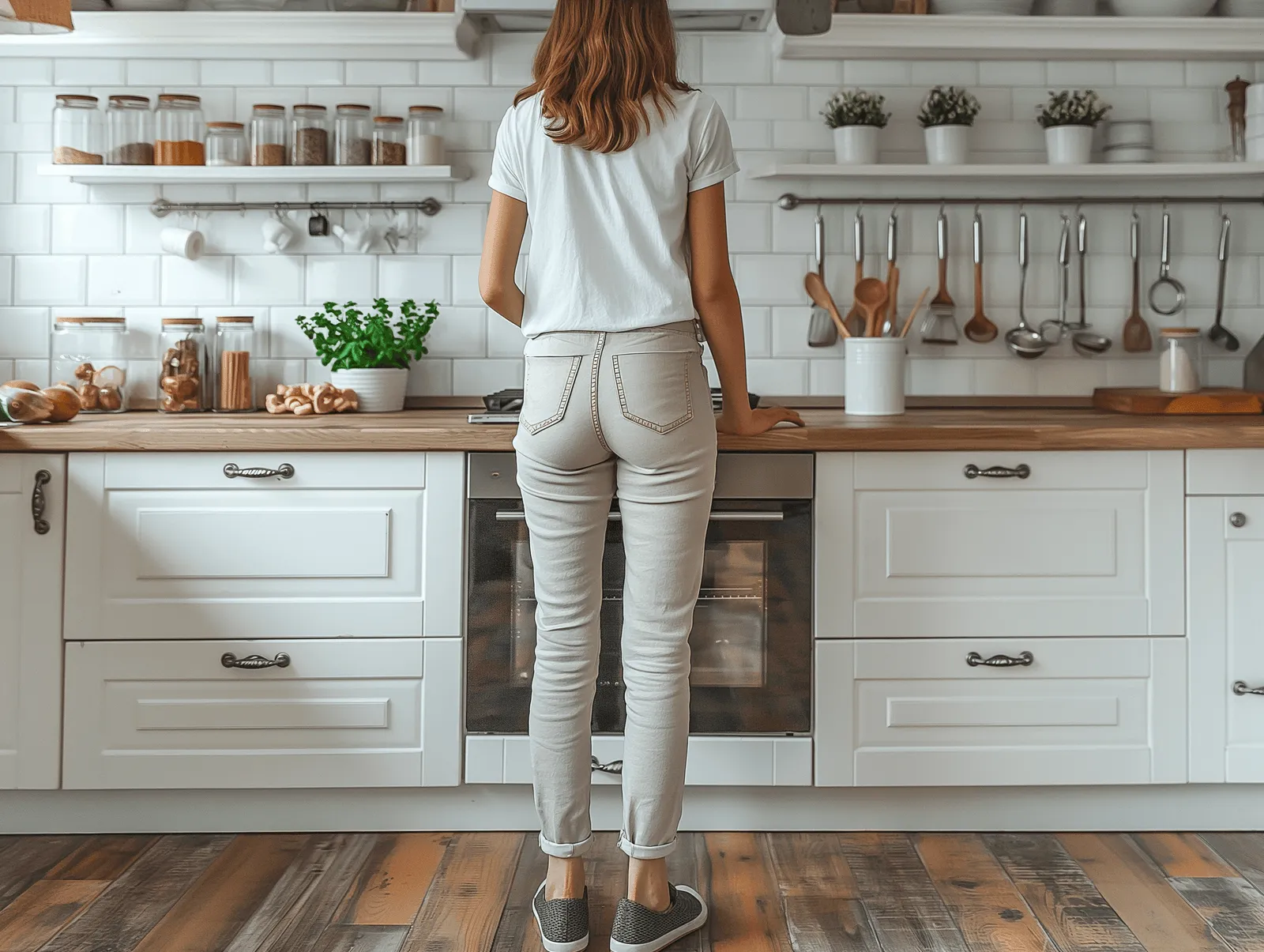
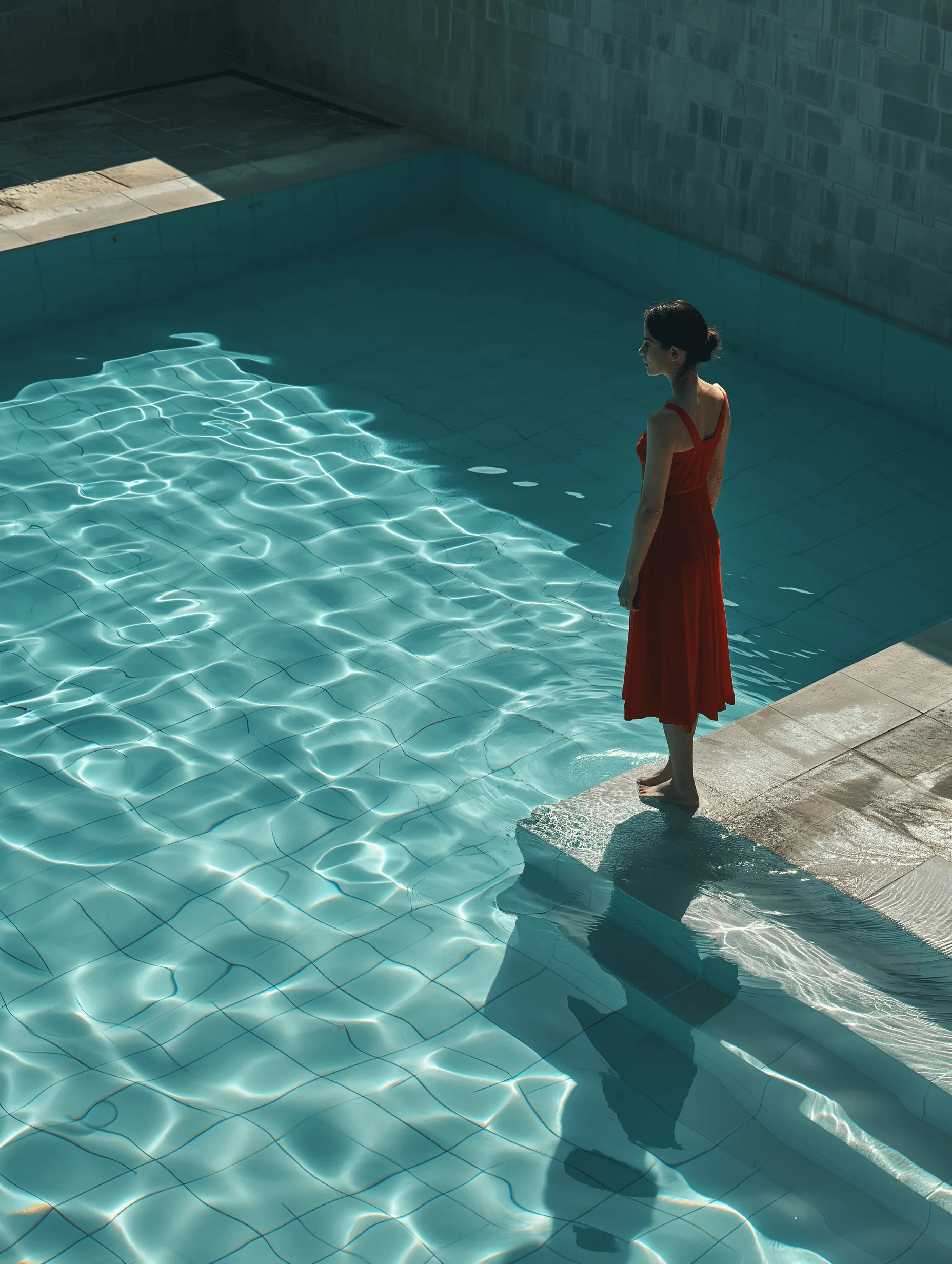
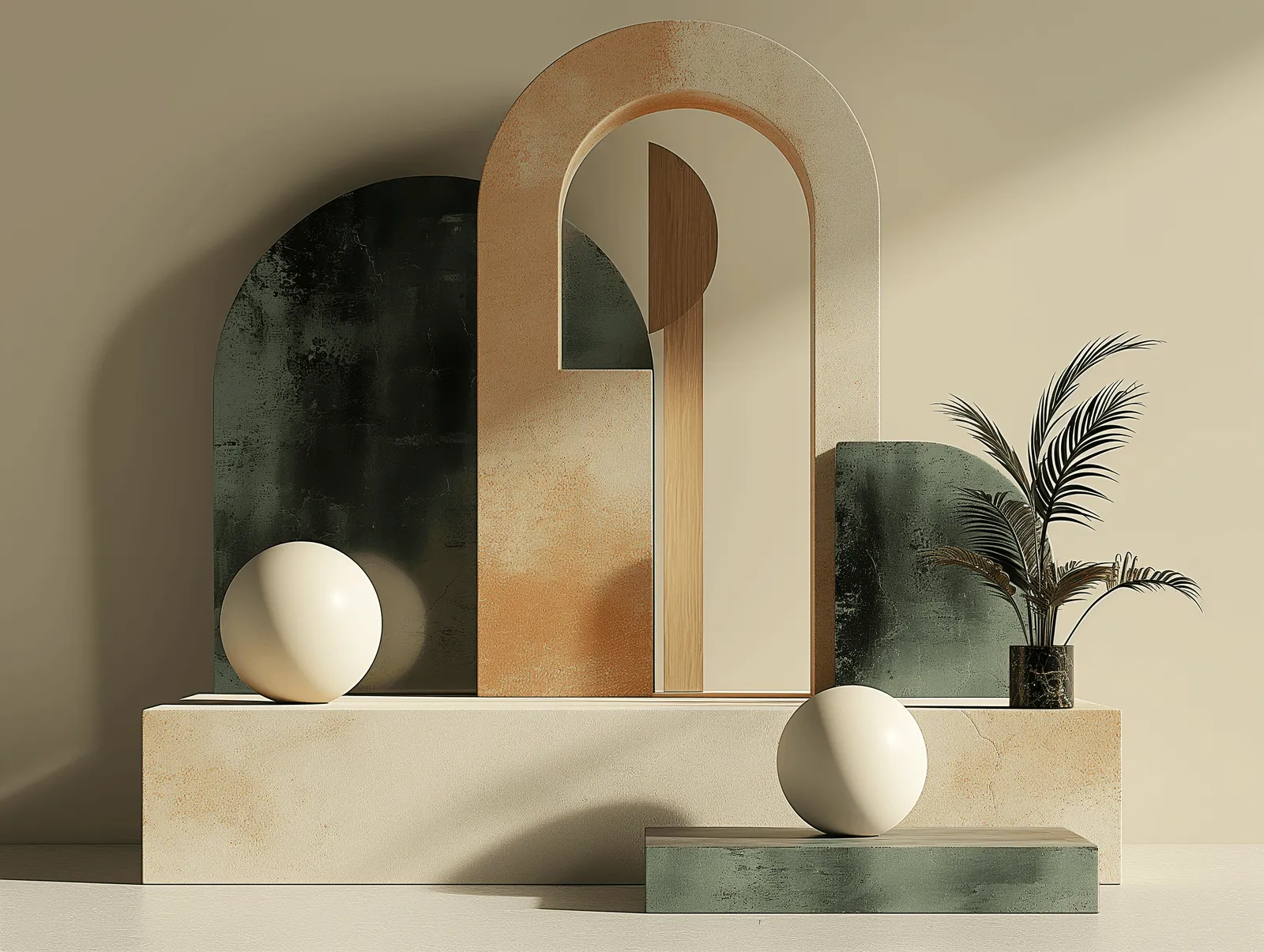

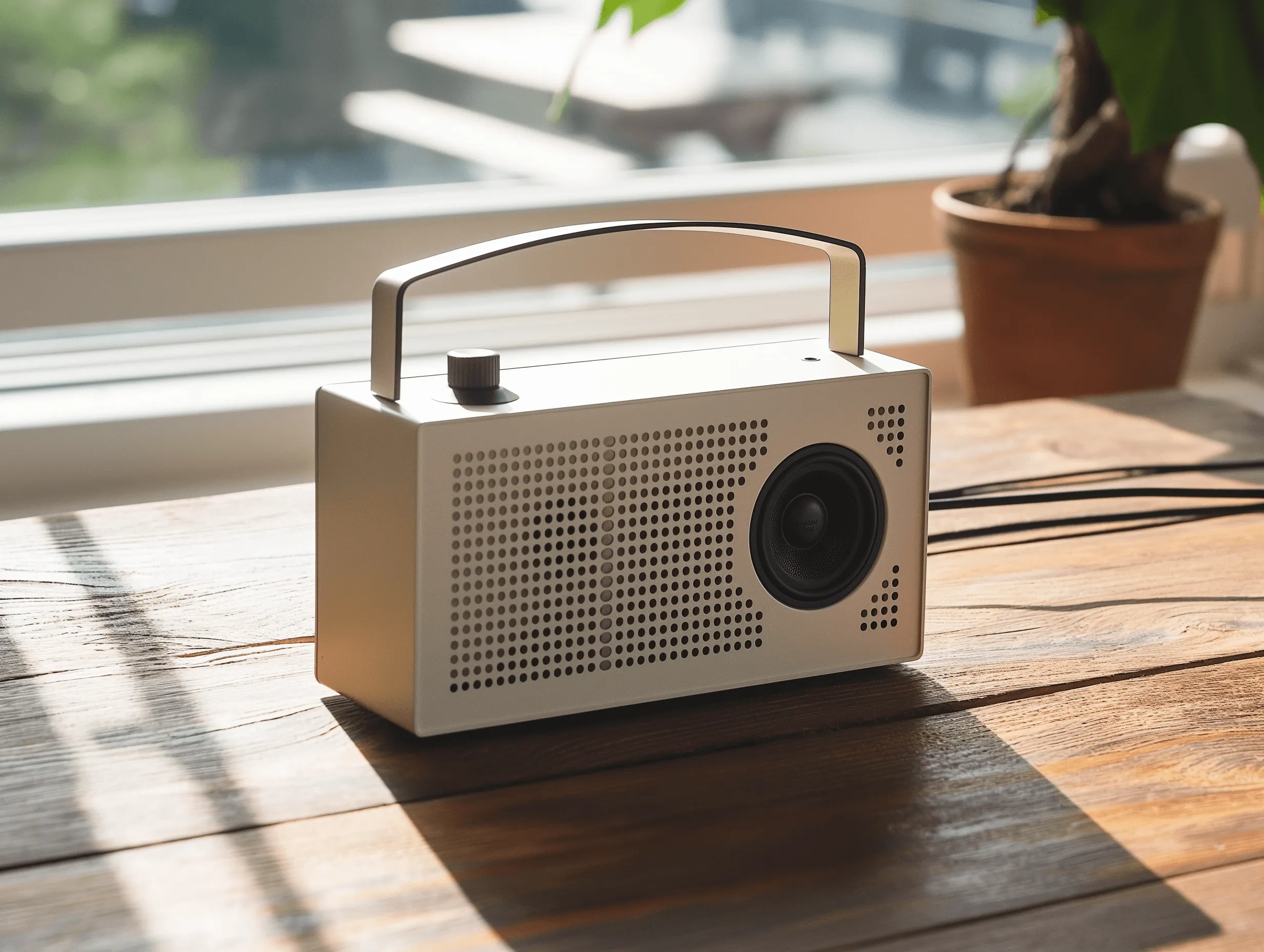
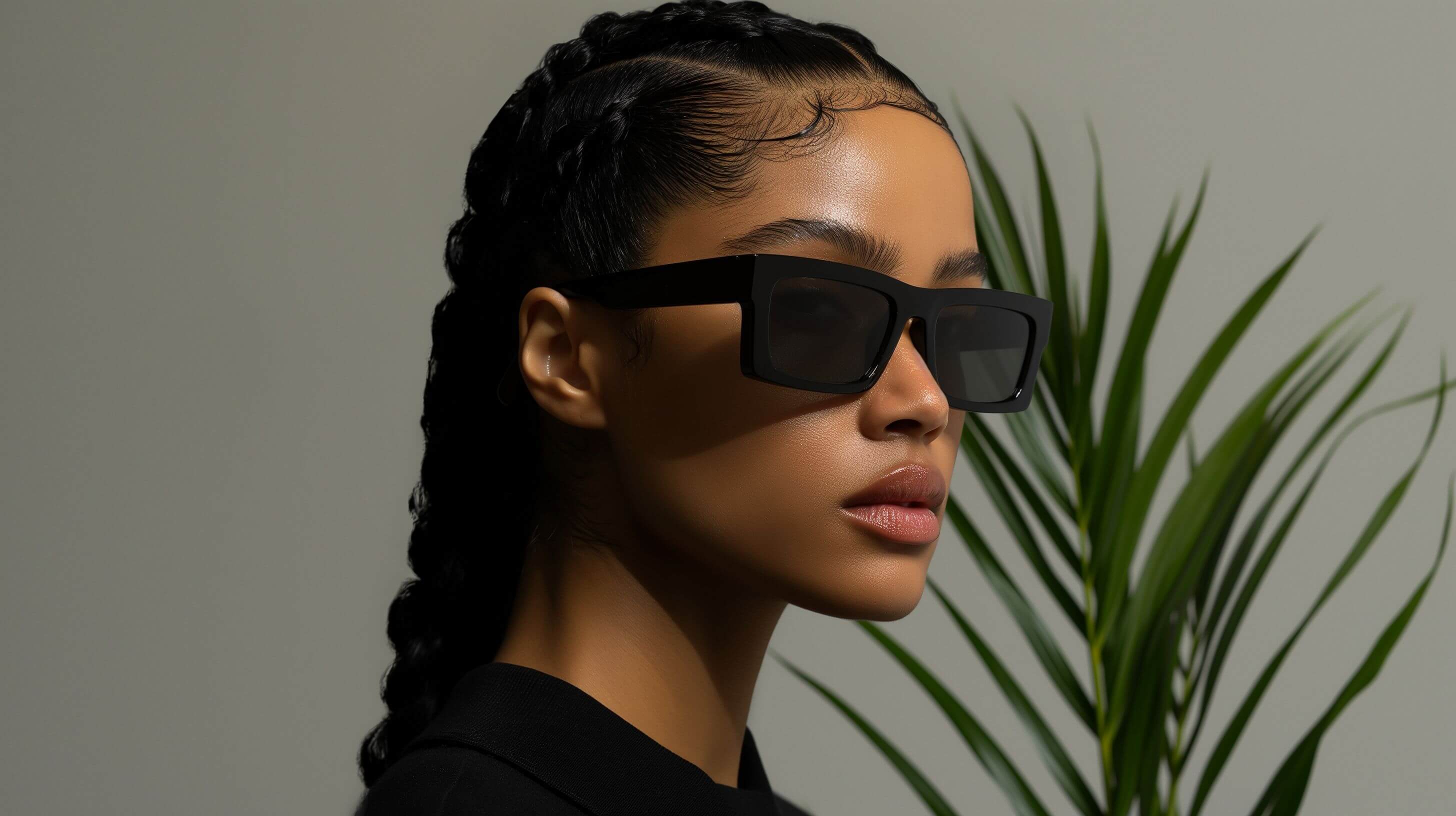
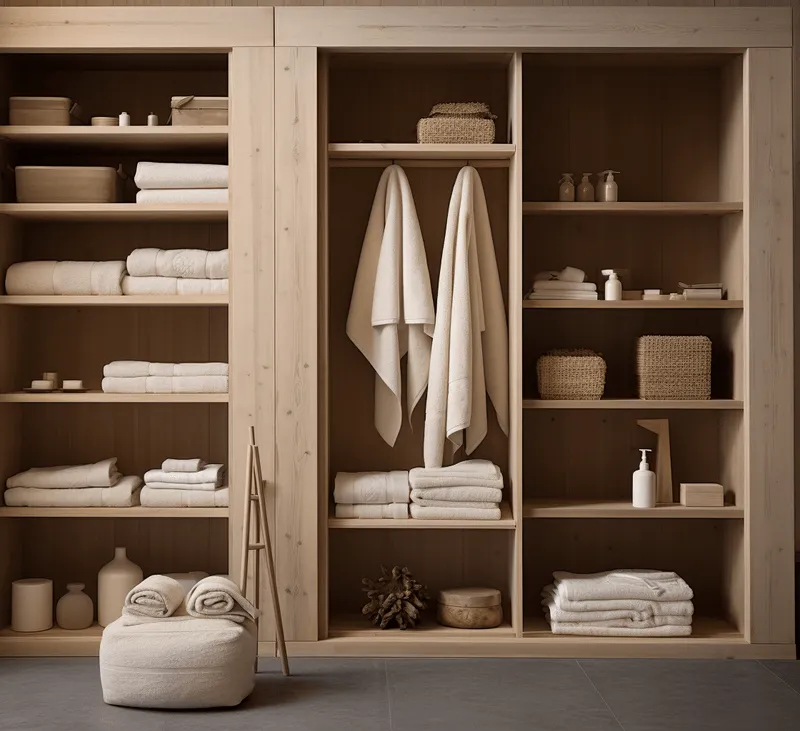
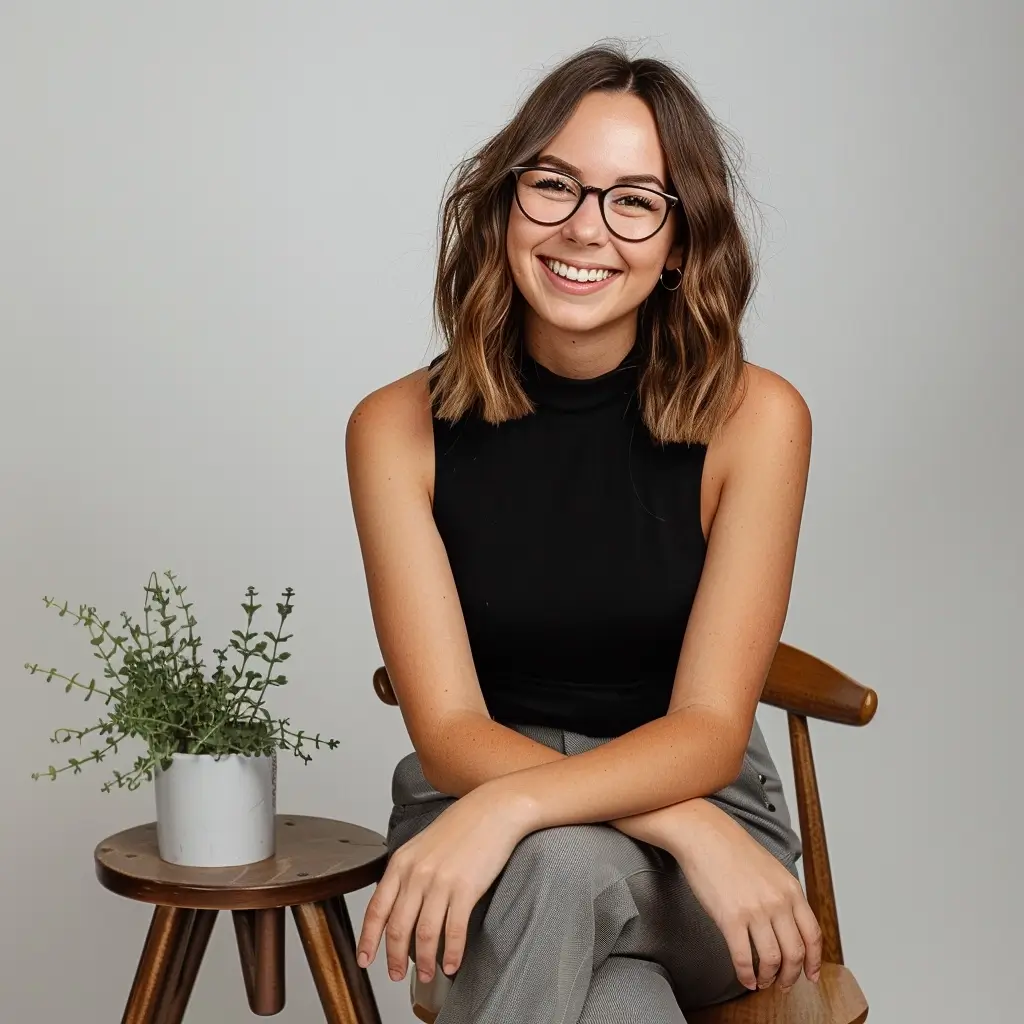



Comments: